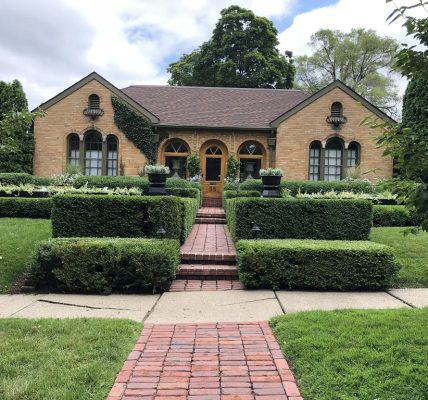An irrigation well is similar to a water well, except it provides water for lawn sprinkler systems. Aside from the initial investment in drilling and pumping, irrigation wells are free to use. Once you determine that an irrigation well is feasible on your property, consider where you would like it to be. Because wells cannot be moved, consider whether you will ever enlarge your home, as it could impact where the well is drilled.
Water Conservation
An irrigation system can help prevent overwatering, which leaches nutrients from the soil. It also reduces water runoff, which carries fertilizers, pesticides, and other chemicals into the environment or municipal water supplies. Large irrigation projects have often been launched without careful, objective evaluation of their environmental impact. Various problems commonly associated with such projects include waterlogging and salinization of soils, water-borne diseases, and alterations to traditional land use patterns. An irrigation well El Campo is a cost-effective way to protect your landscape from these issues. After the initial investment of drilling and installing the well, there is no additional expense other than electricity to pump the water. Using healthy water helps conserve municipal water supplies and lowers utility bills. It also eliminates the need for chlorine and other chemicals used to disinfect city water. Water also does not have the salt content of municipal water, which can damage the soil. This can save your landscaping plants from a build-up of sodium, which may cause root disease.
Pollution Control
Irrigation wells supply water, often free of pollutants like chlorine and other chemicals used in municipal water supplies. It also uses less energy to pump than water transported from city sources. This reduction in energy use decreases carbon dioxide production, a significant contributor to global warming, and other harmful pollutants produced when coal, oil, or natural gas are burned to produce the power needed to operate pumps. Many of the negative environmental impacts associated with large irrigation projects, such as waterlogging and salinization of soils, can be minimized by installing adequate drainage systems. In addition, chemigation and fertigation systems that allow prescription chemical and fertilizer applications reduce the amount of nutrients lost to leaching. Drip irrigation systems also make applying only the needed fertilizer easier, reducing the potential for over-application that causes environmental damage. The life expectancy of pipes and other components can be improved by routine maintenance and careful design and installation to reduce damaging “water hammer” forces that can cause early system failures.
Water Reuse
Irrigating crops with healthy water is often more economical than using public water. The initial investment of drilling a well is more than paid for by the savings in energy costs from pumping healthy water rather than transporting it to its destination. Reusing non-potable water for irrigation helps reduce pressure on natural water supplies and may provide a source of nutrients that is more affordable than synthetic fertilizers. Reusing wastewater for agricultural and landscape irrigation also limits the amount of water being discharged to a natural body of water, which could be contaminated with harmful pathogenic micro-organisms or toxic organic and inorganic chemicals. Regulatory requirements ensure that reclaimed water quality is high enough for many uses, including crop and landscape irrigation. No documented human illness caused by contact with recycled water has been treated to meet standards and criteria.
Reduced Chemical Use
Using an irrigation well means you will not be subject to outrageous water bills. It also means that you can be confident your crops will have plenty of reliable, clean, fresh water available to them even during drought. Waterlogging and salinization of soils are caused by excessive water use, poor drainage, and over-irrigation. Inadequate drainage concentrates salts in the root zone and reduces the rainfall available to leach them from the soil. Major capital-intensive water engineering schemes are often undertaken without considering their environmental and socioeconomic implications. These projects can adversely affect local populations, such as reduced fishing opportunities and decreased shipping opportunities in coastal regions. In addition, farmers perceive ‘irrigation efficiency’ as maximizing net revenue rather than reducing water usage per se and tend to disregard technical advice on irrigation scheduling. For example, developing irrigation systems that allow prescription chemical and fertilizer application with irrigated water can help reduce pollution and water waste.









